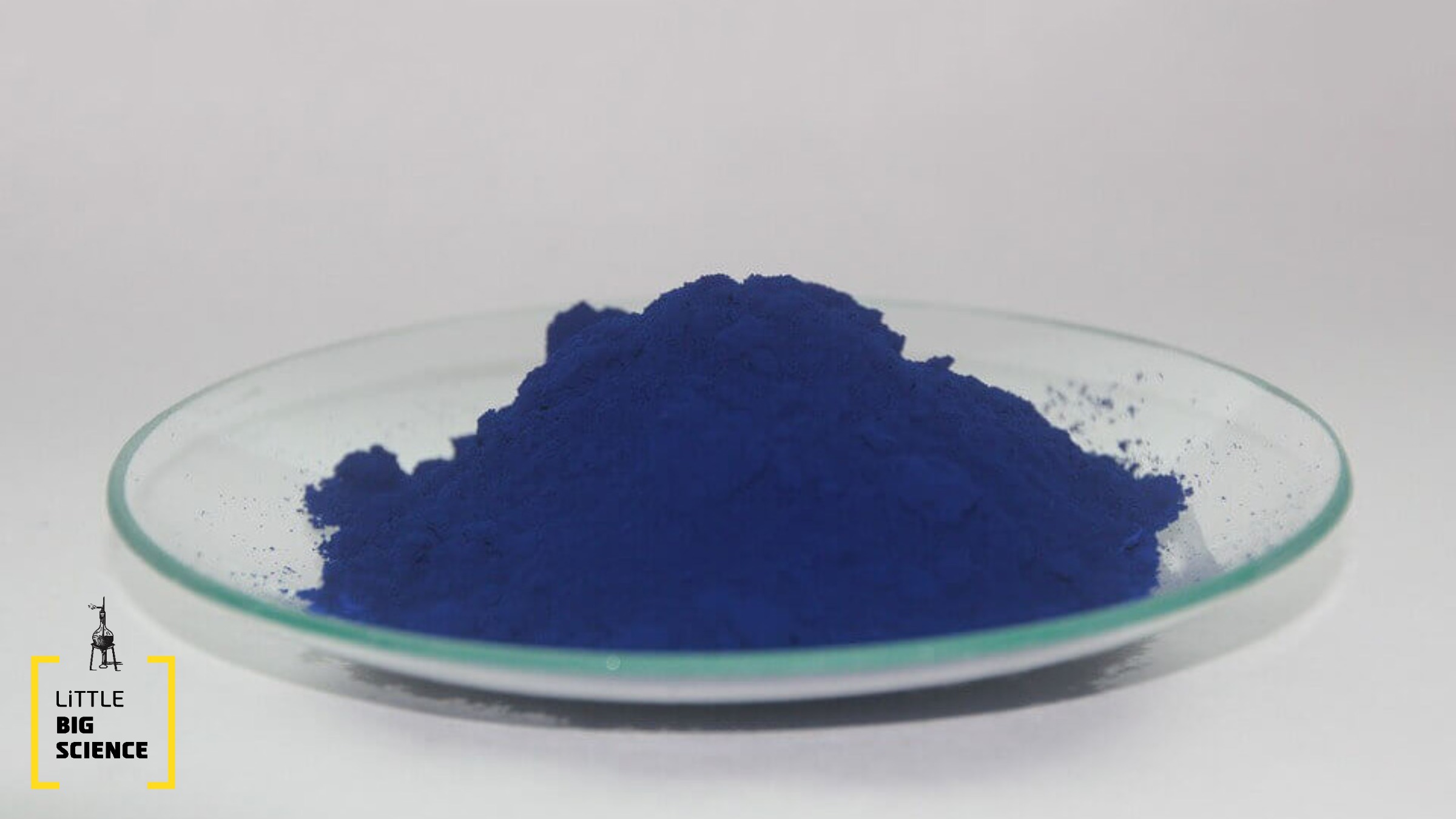
Advertisement
Most organic molecules, including most drugs and narcotics in their pure form, are either white or off-white. In particular, methamphetamine (the drug Walter White manufactures) is white in its pure form.
The reason for the white color stems from the way materials reflect light: in the absence of absorption or other physical effects, the entire spectrum of incident light is reflected. Conversely, if the molecule absorbs light at a specific wavelength (i.e., a particular color), we will not see reflected light at that wavelength (and, for other physical reasons, not at adjacent wavelengths on the spectrum either); As a result, we actually perceive that the material is the complementary color of that wavelength: e.g., molecules that absorb light at the wavelength corresponding to yellow will appear bluish-silver to us, whereas molecules that absorb photons in the red range will appear blue (a combination of yellow, blue and green).
However, most organic molecules, those based on a framework of carbon and hydrogen atoms, absorb light outside the visible range (e.g., ultraviolet and infrared). Chemists exploit precisely this property to characterize the chemical composition of certain molecules [1]. Molecules that absorb light within the visible range will therefore appear colored according to the wavelength they absorb—and the most common color is actually yellow.
Several physical mechanisms cause absorption at various wavelengths. One of them, and the most relevant here, is the way that different atoms in the molecule that are bound to one another vibrate relative to each other. These vibrations are composed of six fundamental vibrations (we call them “normal modes”), each with a specific amount of energy [2]. When a photon with sufficient energy strikes the molecule, its energy can be transferred entirely to a bond between atoms, altering their vibration so that it matches the new energy level. After a short time, this energy is emitted from the molecule as light, and the vibration returns to its previous energetic state (a process called “relaxation”).
The vibrations of most bonds in organic molecules have energies corresponding to infrared or ultraviolet wavelengths. However, in certain situations—for example, when two double bonds are separated by a single bond (or when such a pattern repeats), or when double or triple bonds are near aromatic rings (a ring with several such bonds that is unusually stable for its size and arrangement)—the bonds become more stable. That means they are less energetic, bringing their absorption range closer to the visible spectrum.
This explanation, by the way, explains why metals are almost always grey-silver: in a metal, the atoms are arranged in a rigid crystalline structure and share many electrons. The bond between metal atoms is so stable (i.e., of low energy) that its absorption lies far down in the visible range, around yellow-orange. Hence the light reflected from a metallic surface “misses” part of that range, and we see the reflected color as bluish-silver (the complementary color to yellow).
Back to Mr. Heisenberg’s molecules—in most cases, different colors in organic substances indicate contamination, meaning the product is not entirely pure. The contaminants are themselves other products of the chemical reaction in the synthesis of the desired compound, and they are very difficult to separate from it. Depending on the intended use of the product (e.g., further synthesis, medical research, calibration of measuring instruments, etc.), different amounts of impurities are acceptable [3]. Nevertheless, most impurities arising from organic reactions give materials a yellowish hue, and sometimes even red. A blue contaminant is very rare and indicates that something went seriously wrong during the synthesis or during separation of the desired product from the reaction mixture—for example, contamination by certain copper or cobalt salts [4]. Chemistry students know all-to-well that a colored product may indicate low purity of the desired compound, which can result in a deduction of points for that lab. Since pure methamphetamine is white, in reality Walter White would receive a low grade for his product.
English editing: Elee Shimshoni







